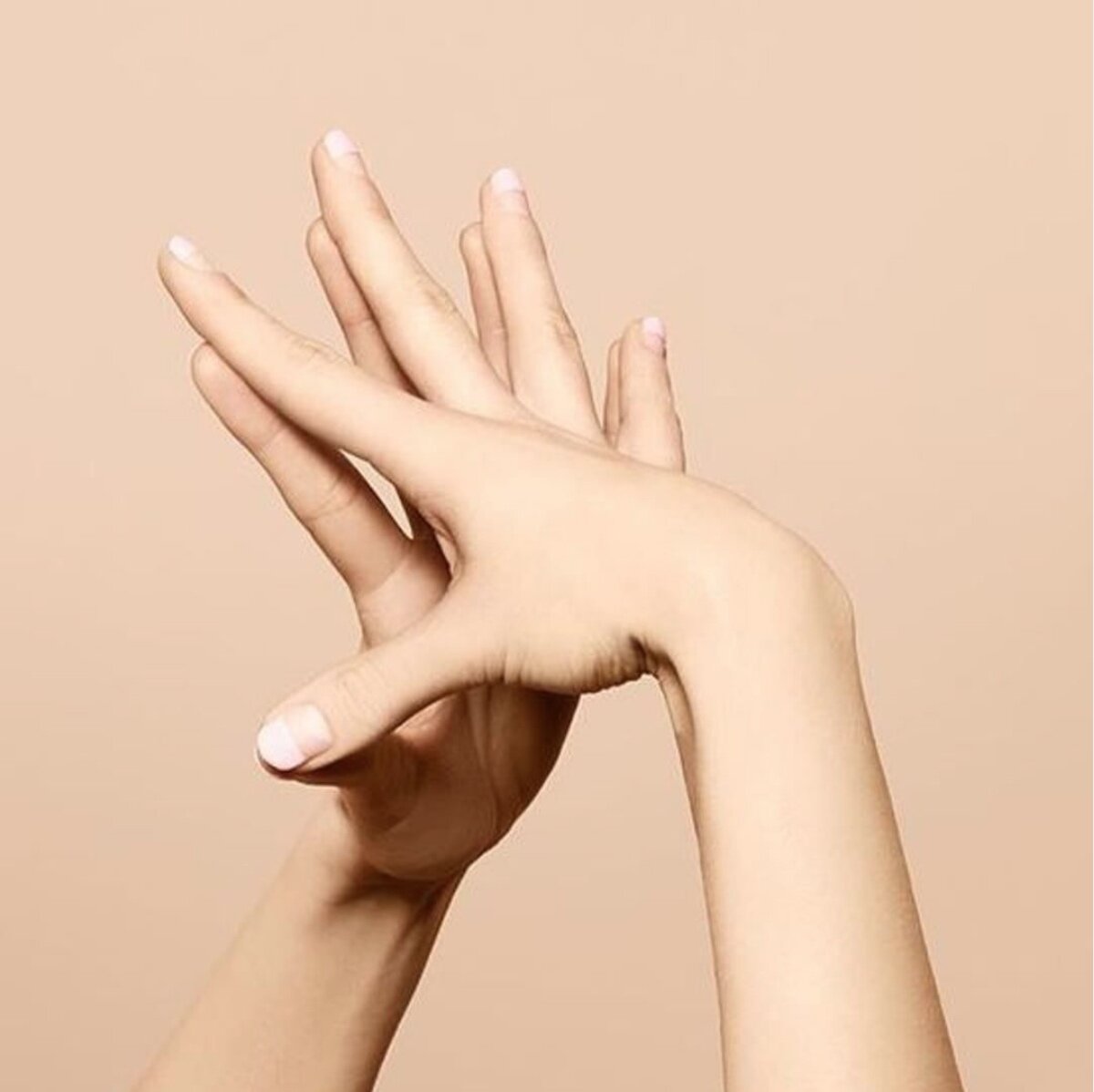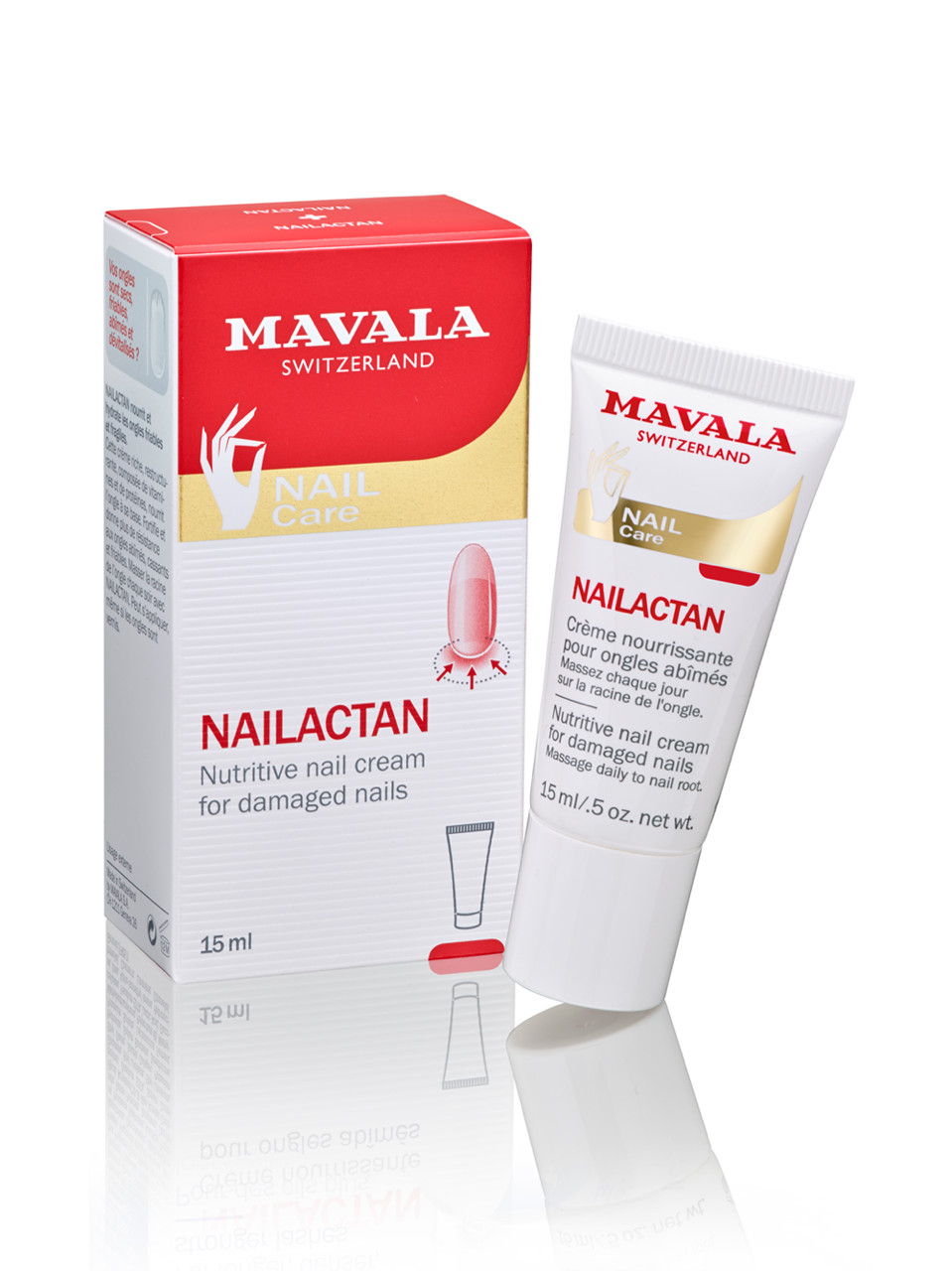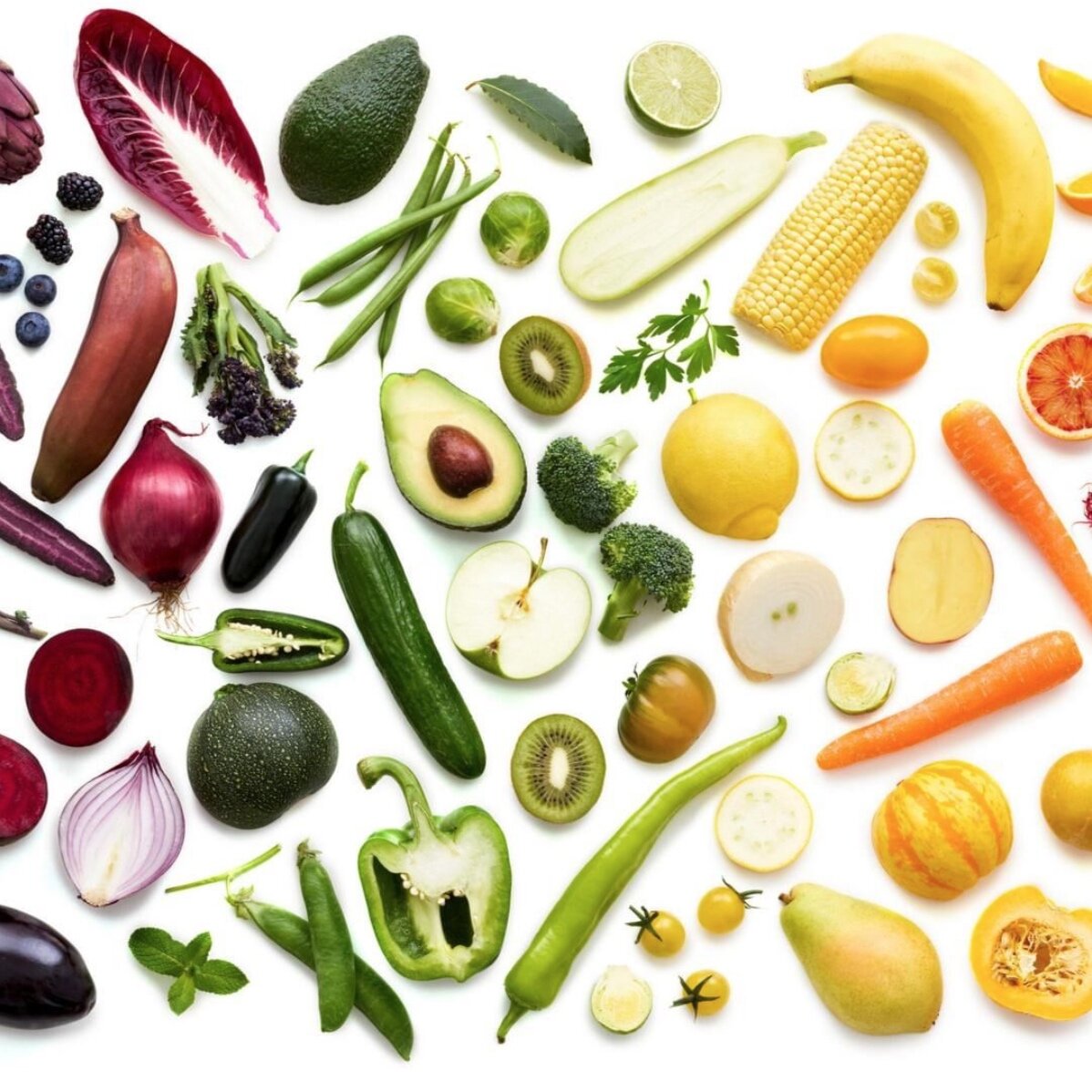One of the cornerstones of nail health is a nutrient-rich diet that feeds the nails with vitamins, minerals and healthy fats to optimise the keratinization or nail formation stage. In an ideal world, nails should look light pink and be firm, yet flexible and able to absorb normal shocks without splitting or chipping. Their surface should be smooth with a subtle sheen that does not flake or peel at the tip.
To better understand how to eat well and in turn strengthen our nails, we have asked leading nutritionist, Fiona Tuck, otherwise known as The Forensic Nutritionist to share her wisdom.
1. How does diet affect the nails?
It’s essential to eat a wide array of nutrients to support new, healthy nail growth. That means a diet full of vitamins, minerals, amino acids and healthy fats. Nails can be a reflection of your inner health and bad dietary habits, so if we ‘feed’ the nail with the correct nutrients, they will grow stronger and be more resistant to breakage and deterioration.
2. What nutrients are required for healthy nail growth?
Healthy nails are a result of a combination of good quality nutrients, rather than a single ingredient in particular. By incorporating a variety of nutrients, they work together in synergy to create great nails. You will need proteins like amino acids and keratin, which are the building blocks of the nails. By adding in a variety of minerals like iron, zinc, magnesium and silica, your nails will strengthen. B vitamins and essential fatty acids are also vital.
3. What are the best food sources for this?
Eating the right foods can dramatically improve our general health and the first signs of improved vitality will be seen outwardly through healthy skin and nails.
Pic credit @vitasolptyltd
Good-quality protein such as organic chicken, eggs, non-GM tofu, lean red meat, turkey, fish, raw nuts and seeds.
Silica-rich foods such as cucumbers, barley, oats, root vegetables, slippery elm, leafy green vegetables, onion, celery and cereals.
Essential fatty acids in raw nuts and seeds (especially walnuts, sunflower seeds, flaxseeds), oily fish, fish oil and avocado.
Leafy green vegetables such as spinach, broccoli and kale, as these are packed full of nutrient-rich vitamins and minerals.
4. What is your must-eat food for the best nails you can get?
Rather than isolating one food group in particular, its best to eat a variety of good quality nutrients. However seaweed is a fantastic nail friend being rich in minerals and good fats as well as collagen and amino acids.
5. What happens to our nails as we age and do we need to adapt our diet?
Generally as we age, our bodies absorb nutrients less effectively, which often presents in the nails. So it’s really important to look after the health of your gut, where nutrients are absorbed.
6. How does gut health affect the state of our nails?
Gut health is the foundation of overall health, as food is digested here and nutrients absorbed into the body. The skin and nails are the last areas to receive the nutrition. If you have a damaged gut lining, this affects nutrient absorption. As such nails will become weak and brittle and may also have vertical ridges, as they are not forming properly.
7. What about ingestible supplements, should these be integrated alongside a healthy eating plan?
Nutrients work synergistically and are best found via quality, natural food sources. However we can also supplement the diet, look for high quality natural supplements derived from whole foods and without synthetic ingredients or additives. In fact, 96% of Australians are not eating enough vegetables to support healthy nail growth. I have developed a 100% natural mineral supplement to do just this, our Vita-Sol Prebiotic Wholefood Flexibility Supplement.
8. What about topical nail supplements?
In much the same way as ingestibles work, so too do topical treatments help and support healthy nail growth and development. By following a nutrient-rich diet plus adding in topical and ingestible supplements, you will notice a dramatic difference in the state of your nails and will also fast-track results. Look for a products rich in essential amino acids, lipids and vitamins like Mavala’s nutritive nail cream, Nailactan.
9. How does health concerns present in the nails?
Looking at the colour, shape and strength of your fingernails can give good insight into current and even past health issues. Systemic disease typically affects more than one nail, so if just one looks an odd colour or shape, the cause is more likely nail damage. If the majority of your fingernails show signs of anomalies it could be a sign of internal disharmony and possible health issues.
The skin visible beneath the nail is known as the nail bed and is usually a healthy pink colour due to its nutrient-rich blood supply. Changes or discolouration in the nail bed may reflect underlying disease or illness; for example, blue nail beds may indicate anaemia, respiratory problems or poor circulation.
It is more common for fingernails to be indicative of a nutritional imbalance or deficiency. If you notice any of the signs listed below, it could well be time to focus on your diet.
SIGNS TO LOOK FOR IN YOUR NAILS
Brittle nails that break easily may indicate a fatty acids, protein, vitamin A, iron or calcium deficiency.
Multiple white spots or lines on the nail bed may be due to a zinc or vitamin B6 deficiency. White marks can also occur due to damage to the nail, so if only one nail has white marks it’s more likely a sign of nail trauma.
Excessively dry or flaking nails may be due to an essential fatty acids or vitamin B12 deficiency. A lack of B12 is likely to occur in people who don’t eat animal protein.
Nails which split easily may be caused by a hydrochloric acid deficiency in the stomach. This is due to poor digestion and therefore poor absorption of nutrients.
Nails that tend to curve downwards and widen at the tip may be a symptom breathing difficulties or lung disease.
Nails that are dry or grow slowly may be indicative of a vitamin A or iron deficiency.
Light bands across the nails may be caused by a deficiency in a dietary protein, vitamin C or folic acid.
Discolouration of the nails may be due to prolonged illnesses, stress or smoking.
Pale nail colour may occur due to iron or protein deficiencies and kidney or liver disorders.
Horizontal nail ridges are usually caused by trauma or damage to the matrix of the nail bed, which results in nail damage. If the ridges appear on the majority of the fingernails they can also signify a period of illness.
Vertical nail ridges on the nails may relate to a possible weakness in the digestive tract that results in compromised assimilation of nutrients (leaky gut, allergies, food sensitivities, poor digestion).
10. What is your top tip for overall health and wellbeing?
Eat as many fresh, natural foods as possible aiming to integrate 30 plant-based foods a week into your diet. Avoid processed foods as much as you can and look after your gut health!









